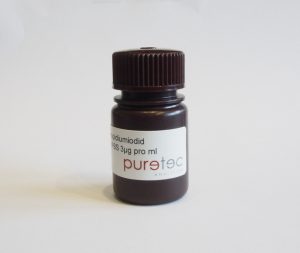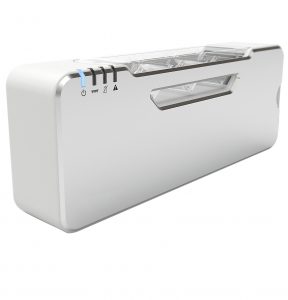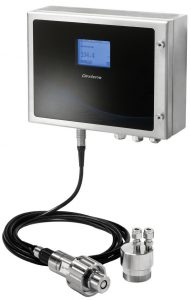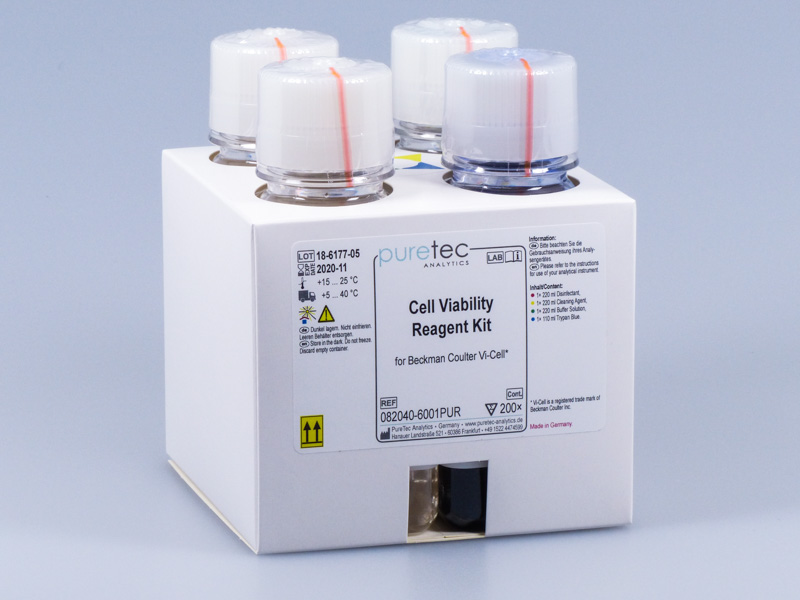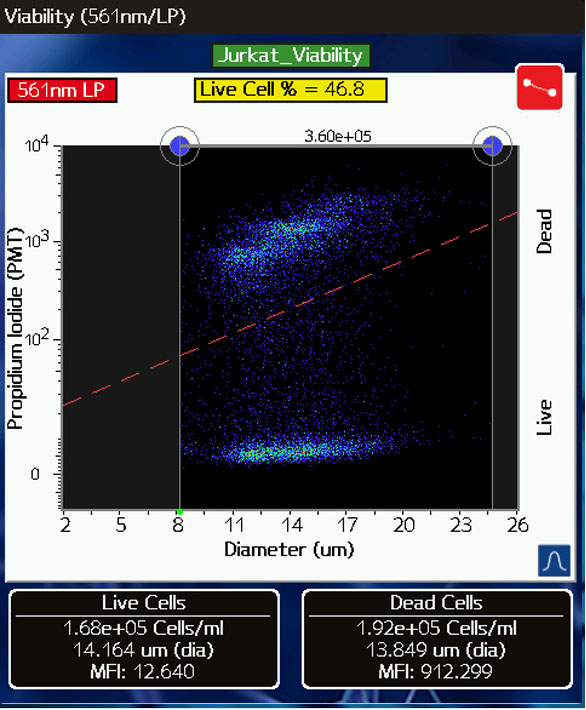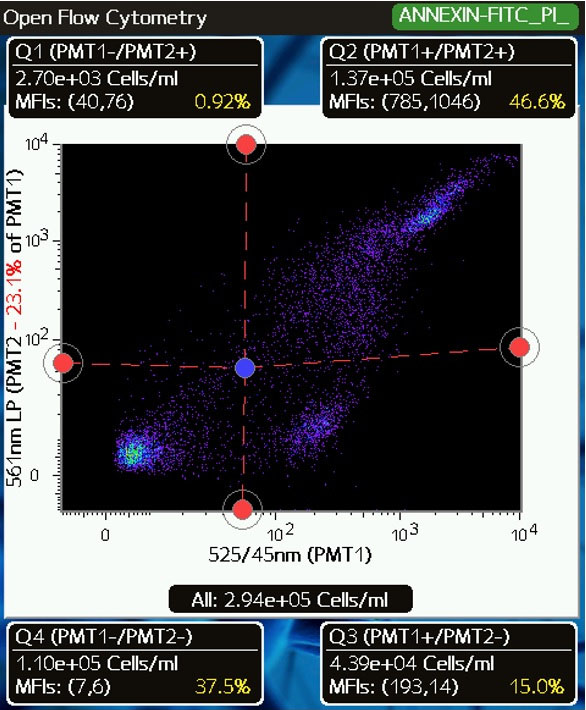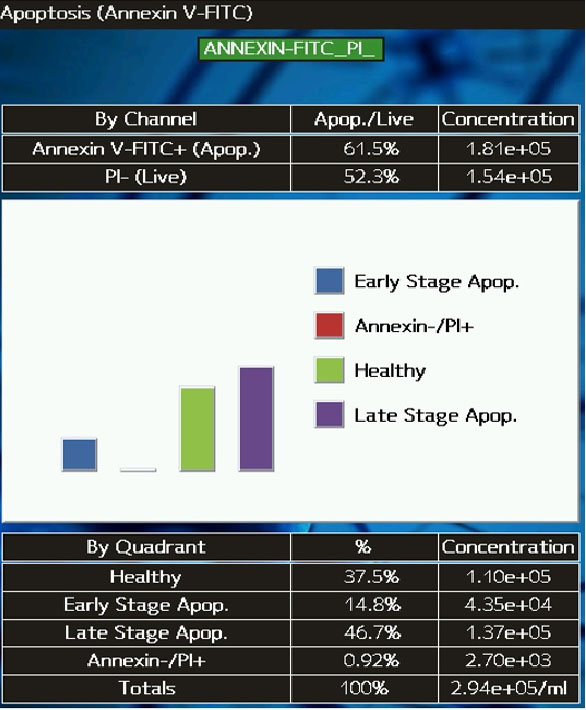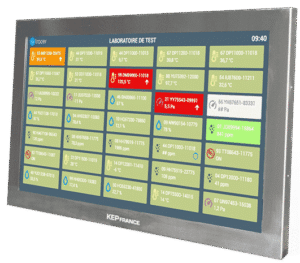
Software und System IVTracer
- Hochprofessionell: Fügt sich nahtlos in Ihre IT Umgebung ein: Ihre SQL, Ihre AD, Ihre Netzwerkstruktur, Ihre Regeln
- Verlässliche Partnerschaft: Der Anbieter Netceler besteht seit 1997 und hat annähernd 100 Mitarbeiter. Der Support ist so auch langfristig gesichert.
- Sicherheit: Redundanz und Datenpufferung auf mehreren Ebenen
- Vielseitigkeit: Die meisten marktüblichen Sensoren können eingebunden werden – das gilt auch für Partikelzähler.
- Informieren Sie sich: info@puretec-analytics.de oder 0641 9723874

